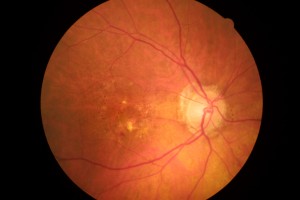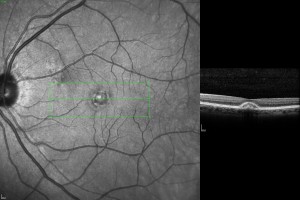About
Jem Hayward:
It sounds like a cliche, but I really did start with a box brownie camera when I was about seven years old, took a few shots with my dads Kodak Retinette and in my teens I started taking photography seriously and bought myself the classic Zenit B. Although I did use a darkroom, monochrome film and produce prints, the majority of my early work was colour slides. I joined the South Birmingham Photographic Society and when I went to university (to study optics!) I helped run the Photographic Society at Aston University.
Landscapes and travel images dominated my work through the 1980s and joining the Banbury Camera Club in 1995 allowed me to share my images with other photographers and inspired me to take my images further. Although I made the transition to a fully digital workflow relatively late, I was an early adopter of digital inkjet printing.
My main pleasure is in the taking and presentation of my images, darkroom and now lightroom work is less important to me, and I now sub-contract all my printing. I find myself using photoshop to manipulate photographs less now than I did at one stage, and tend to use the computer to correct and enhance rather than radically alter my images. I view my cameras as tools not fashion accessories.
My style is eclectic, influenced by time and place more than fashions and styles.
My artistic influences include Rothko, Don Henderson, Callum Innes, W.M.Turner and the impressionists, and I enjoy modern art as a genre, even though most of it I wouldn’t want to live with. We own work by Debi Keyte Hartland, Don Henderson, Andy Hayward, Ro Siddons and Catherine Hayward.
Photographic influences are somewhat more difficult to rationalise as I tend to enjoy photography that is unlike my own, including Bob Carlos Clarke, Ansel Adams, Helmut Newton, Cartier Bresson, Trevor Watson, Man Ray and many others, but there are none of their images hanging in our home. I tend to buy works by people I know and admire such as Charles Binns, Valentina Kulagina, Fiona Parsons and Rosie Burke.
For me, photography is a source of pleasure, not income, and I don’t generally work to commission, do weddings, portraits or pets. My income comes from my work as an optometrist and contact lens practitioner, and clinical photography plays a large part in my professional work. I regularly use a Canon fundus camera that produces images of the central retina, and we have recently started using Optical Coherence Tomography, which uses scanning laser technology, more akin to television than photography, and gives us a 3D view inside the structures of the eye. If you think modern digital SLR cameras are expensive, think again, the price of these tools would buy you a very nice supercar!

